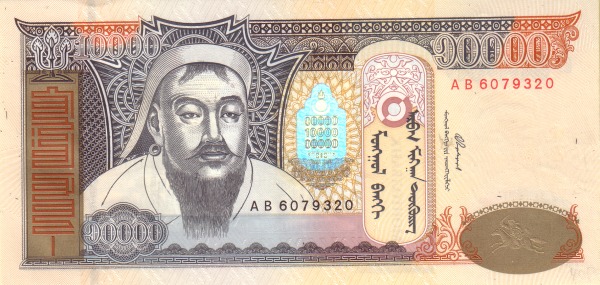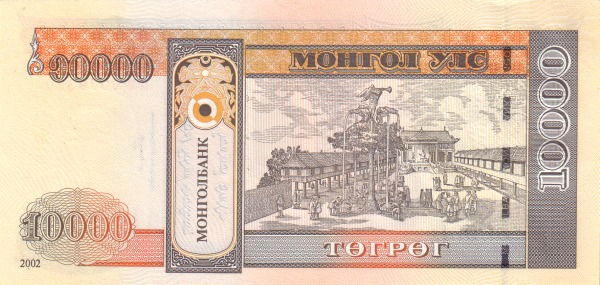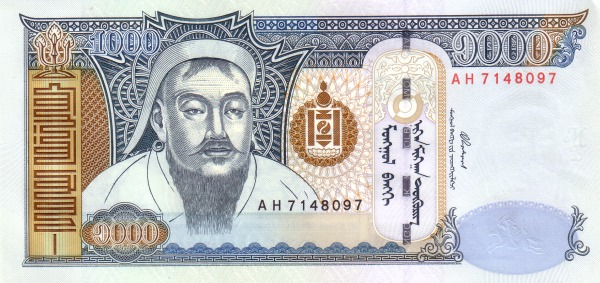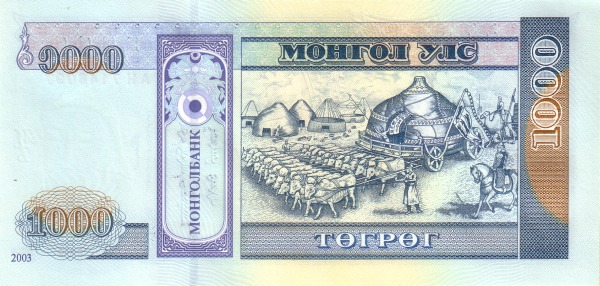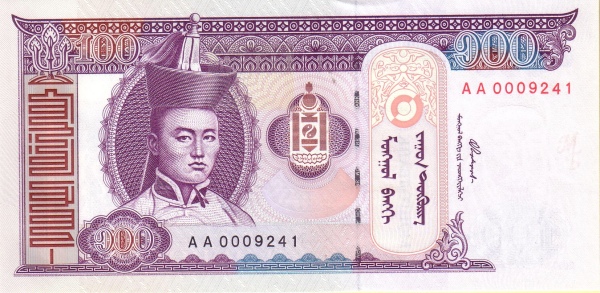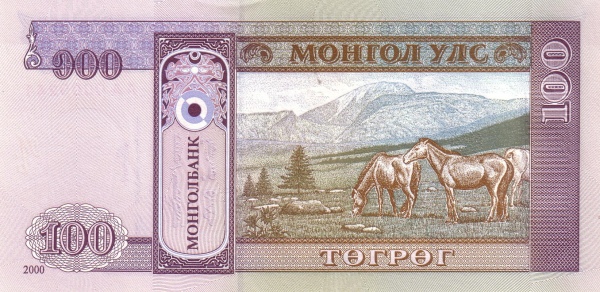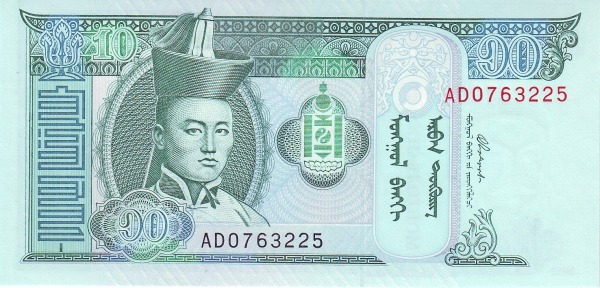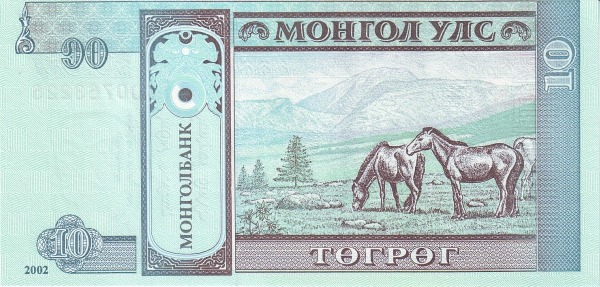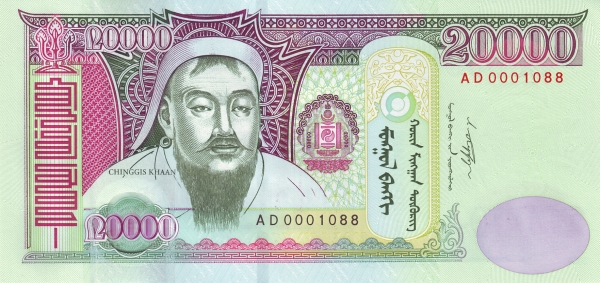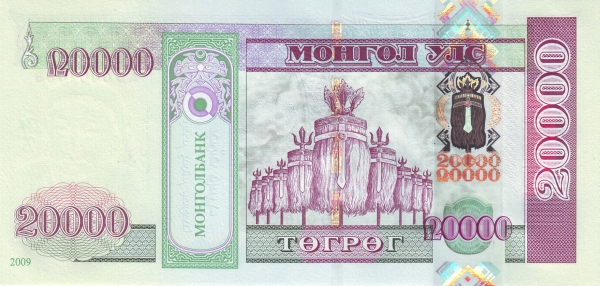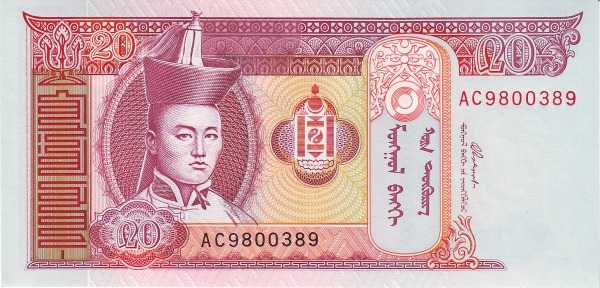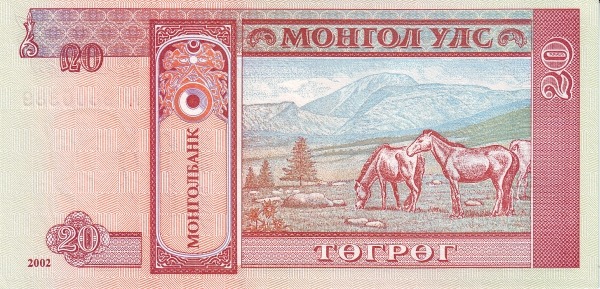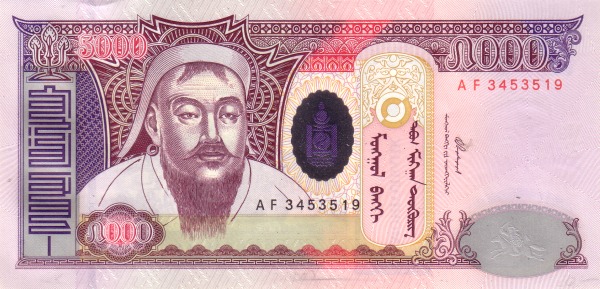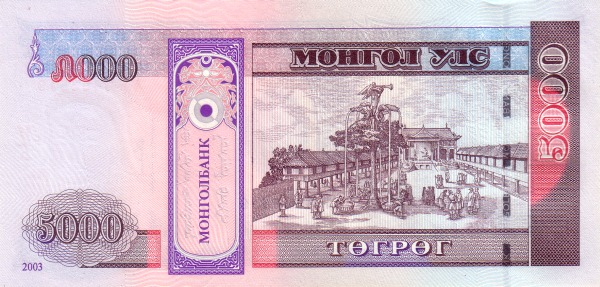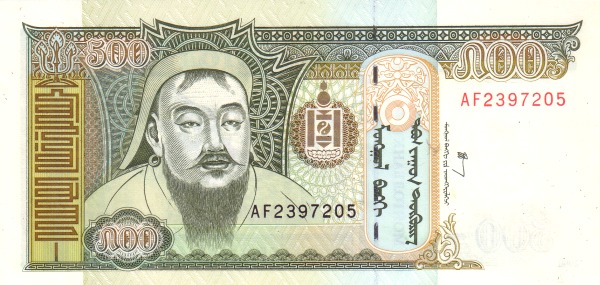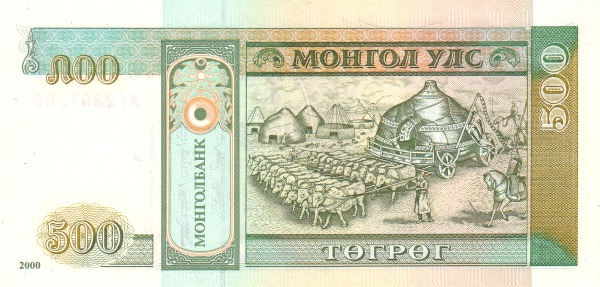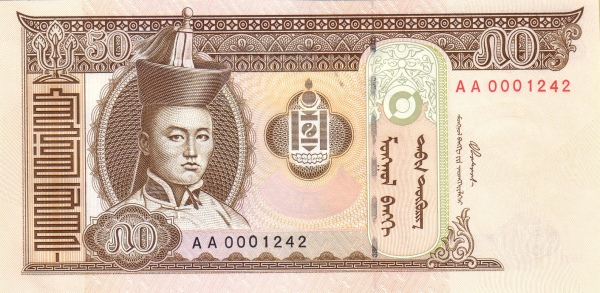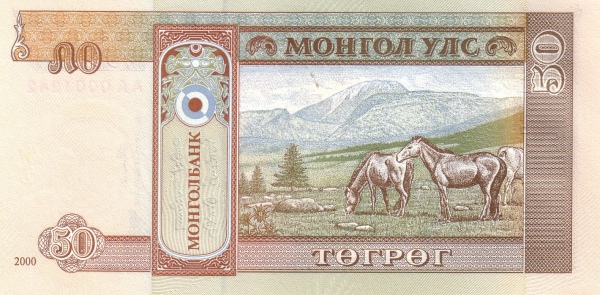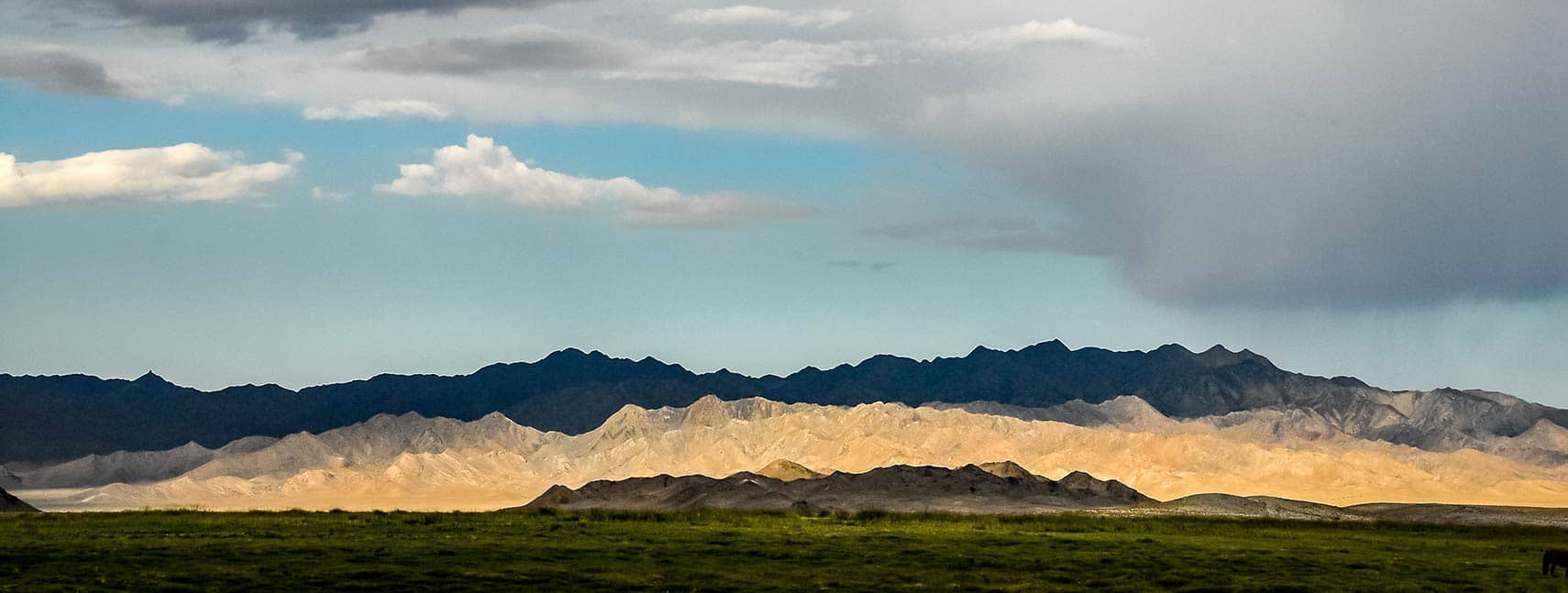Mongolia: A Land of Rich History and Vast Landscapes
Mongolia, a vast and sparsely populated country in Eastern Asia, lies nestled between Russia to the north and China to the south. This remarkable destination is renowned as the "Land of the Eternal Blue Sky" and is often referred to as the "Land of the Horse." With breathtaking scenery and a wealth of history, Mongolia offers a unique cultural experience that captivates visitors from around the globe.
A Glimpse into Mongolia's Glory
The history of Mongolia unfolds like a tapestry woven with the tales of various nomadic empires that have ruled the region for centuries. One pivotal moment in this saga occurred in 1206 when Genghis Khan unified the Mongol tribes and established the Mongol Empire. His grandson, Kublai Khan, further extended this legacy by conquering China and founding the Yuan dynasty, a significant chapter in both Mongolian and Chinese history.
Geographical Marvels
Spanning an impressive area of 1,564,100 km², Mongolia exhibits a roughly oval shape, making it nearly twice the size of Turkey yet slightly smaller than Alaska. Despite its vastness, it remains one of the least densely populated countries, home to just over 3 million people as of 2016. Ethnic Mongols constitute around 95% of the population, while the remainder includes Kazakhs, Turkic peoples, Chinese, and Russians. The capital city, Ulaanbaatar, is a vibrant hub that houses approximately 1 million residents. The prevailing language here is Mongolian, which is written in both Cyrillic and the traditional Mongolian script.
The Rich Tapestry of History
Mongolia's journey to independence is a fascinating chapter in its history. For a significant period, it existed as a province of China, until it regained independence in 1921 with help from the Soviet Union. In 1924, a communist regime took control, which marked the beginning of a new political era. As the years went by, especially during the early 1990s, a gradual shift occurred. The ex-communist Mongolian People's Revolutionary Party (MPRP) began to relinquish its absolute grip on power.
A key turning point came in 1996 when the Democratic Union Coalition (DUC) emerged victorious in national elections. This victory paved the way for reforms aimed at modernizing the economy and institutionalizing democratic practices. However, the former communists maintained a strong opposition, which hindered the implementation of several progressive policies. By 2000, the MPRP regained control, winning a remarkable 72 out of 76 seats in Parliament. Although they continued with many of the reform measures initiated by the DUC, their focus shifted significantly towards social welfare and enhancing public order.
A Paradox of Geography
Geographically, Mongolia occupies a distinct position in Northern Asia, lying strategically between two colossal nations—China and Russia. The country’s terrain is characterized by vast semideserts, expansive grasslands, and rugged mountain ranges, particularly in the west and southwest. The Gobi Desert sprawls across the southern-central part of Mongolia, contributing to its arid climate. Notably, around 90% of the land comprises either pasture or desert, with only about 1% suitable for cultivation and 9% covered by forests.
Climate and Environment
The climate in Mongolia is distinctly sharp and continental, with four clearly defined seasons. Summers can be pleasantly warm, with average temperatures hovering around +17°C, while winters plunge dramatically, with average temperatures dipping to -26°C. This extreme range in temperature shapes the lifestyle and culture of the Mongolian people, many of whom remain deeply connected to their nomadic traditions.
Occupational Life and Culture
The people of Mongolia, predominantly ethnic Mongols, proudly embrace their rich heritage. With a population of approximately 3 million in 2016, they celebrate a diverse array of ethnic groups, which include 85% Mongols (with Khalkha being the largest group), 7% Turkic peoples (notably the Kazakhs), and smaller percentages of Tungusic peoples and others, including Chinese and Russians. Languages spoken in the country encompass Mongolian, Kazakh, Russian, and increasingly, English.
Religiously, the landscape is predominantly shaped by Tibetan Buddhist Lamaism, practiced by around 94% of the population, while approximately 6% adhere to Islam, particularly in the southwest regions. Shamanism also retains a place in the cultural fabric of the nation. Literacy among the populace stands impressively at 90%, underscoring the importance of education within Mongolian society.
Natural Wealth and Economic Activity
Mongolia possesses abundant natural resources, including substantial deposits of coal, copper, gold, and other minerals. Oil, tungsten, molybdenum, and iron further enrich the country's economic portfolio. The country's agricultural production primarily focuses on staple crops such as wheat and barley, along with livestock farming, which is integral to the Mongolian way of life. Sheep, goats, cattle, camels, and horses thrive in the vast pastures, supporting both local subsistence and commercial needs.
Industries and Commerce
Mongolia's economic framework features several key industries, with construction and mining at the forefront. The extraction of valuable minerals like coal and copper showcases the country’s wealth and its potential for growth. Food processing, especially of animal products, along with the manufacturing of cashmere and other natural fibers, has also gained prominence. Exports primarily consist of copper, livestock, animal products, wool, and cashmere. Notably, China plays a vital role in Mongolia's trade, accounting for a staggering 84% of Mongolia's exports.
Conclusion
In summary, Mongolia stands as a fascinating juxtaposition of ancient traditions and contemporary aspirations. While it remains deeply rooted in its nomadic past, it continues to evolve, embracing economic reforms and modernity. Visitors to Mongolia will find an extraordinary land rich in history, culture, and natural beauty, making their experience truly unforgettable.
Largest cities of: Mongolia
| City Name | Population | Year of foundation | |
| Ulaanbaatar | 1,500,000 | 1639 | |
| Erdenet | 100,000 | 1975 | |
| Darkhan | 80,000 | 1961 | |
| Mörön | 40,000 | 1630 | |
| Choibalsan | 35,000 | 1941 | |
| Baganuur | 29,000 | 1961 | |
| Sukhbaatar | 25,000 | 1946 | |
| Hovd | 20,000 | 1733 |
Mongolia: Money
